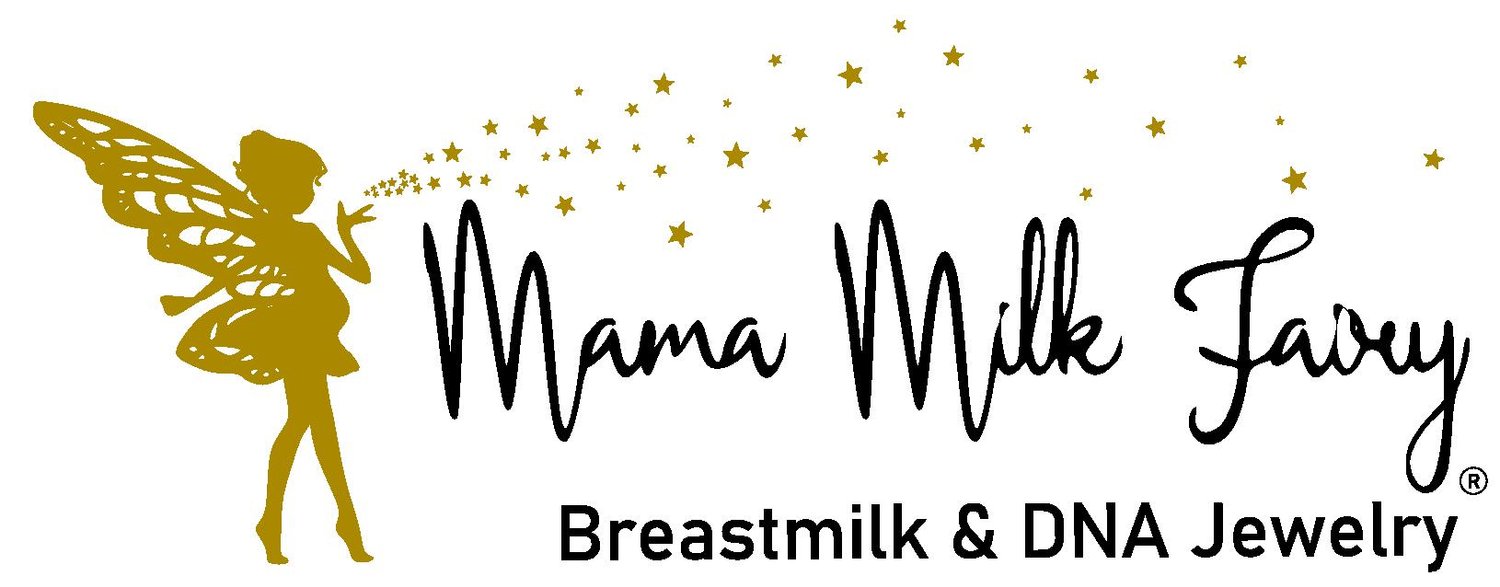Breastmilk Storage & Creative Uses
Storing Your Liquid Gold: A Guide to Breastmilk Storage
As a mom, you’ve worked hard to provide your baby with breastmilk, and storing it properly ensures that none of your liquid gold goes to waste. Whether you're returning to work, sharing feeding duties with a partner, or simply preparing for a rainy day, knowing how to store breastmilk safely and effectively is key. In this guide, we’ll explore different storage options, how long breastmilk can be stored, and a few creative uses for any milk that has expired.
How to Store Breastmilk: Tips and Techniques
Storing breastmilk can be straightforward, but there are a few important guidelines to follow to keep it fresh and safe for your baby.
Choosing the Right Storage Containers:
When it comes to storing breastmilk, choosing the right container is essential. You can use breastmilk storage bags, glass or BPA-free plastic bottles, or containers designed specifically for breastmilk storage. Whichever option you choose, make sure it is clean, airtight, and sterilized before use.
How to Sterilize Your Bottles:
Sterilizing your bottles and storage containers is a crucial step in keeping your breastmilk safe. Here’s a simple guide:
Wash Thoroughly: Begin by washing the bottles, nipples, and caps in hot, soapy water. Use a bottle brush to clean all the crevices, then rinse thoroughly.
Boil Water: Bring a large pot of water to a rolling boil.
Submerge the Bottles: Place the bottles, nipples, and any other parts you plan to use in the boiling water. Let them boil for at least 5 minutes.
Air Dry: Carefully remove the sterilized items with clean tongs and place them on a clean, dry towel. Let them air dry completely before use.
Regularly sterilizing your bottles helps ensure that your stored breastmilk remains free from harmful bacteria.
Labeling and Dating Your Milk:
Always label your breastmilk containers with the date and time it was expressed. This helps you use the oldest milk first and ensures that your baby is getting the freshest possible milk.
Portioning Out Breastmilk:
It’s best to store breastmilk in small portions, usually 2-4 ounces per container. This reduces waste and makes it easier to thaw only what you need for each feeding.
Breastmilk Storage Guidelines: How Long Can You Store Breastmilk?
Knowing how long you can store breastmilk is crucial to ensuring your baby is getting the safest and most nutritious milk possible. Here are the general guidelines:
At Room Temperature (77°F / 25°C or colder):
Freshly expressed breastmilk can be safely stored at room temperature for up to 4 hours. If you’re not planning to use it within that time frame, it’s best to refrigerate or freeze it.
In the Refrigerator (39°F / 4°C or colder):
Breastmilk can be stored in the refrigerator for up to 4 days. Keep it at the back of the fridge where the temperature is most consistent. If you know you won’t use it within that time, freezing is a great option.
In the Freezer (0°F / -18°C or colder):
Breastmilk can be stored in the freezer for up to 6 months, though using it within 3 months is ideal to maintain its quality. Make sure to leave some room at the top of the container, as breastmilk expands when frozen.
In a Deep Freezer (-4°F / -20°C or colder):
If you have a deep freezer, breastmilk can be stored for up to 12 months. This is a great option if you’re building a long-term supply.
Thawing and Using Stored Breastmilk
When you’re ready to use your stored breastmilk, it’s important to thaw and warm it safely.
Thawing Breastmilk:
You can thaw breastmilk by placing it in the refrigerator overnight, or for a quicker method, run the container under warm water. Avoid using the microwave, as it can create hot spots and destroy some of the milk’s beneficial properties.
Using Thawed Breastmilk:
Once breastmilk has been thawed, it can be kept in the refrigerator for up to 24 hours. It’s best not to refreeze thawed breastmilk, as this can affect its quality.
What to Do with Expired Breastmilk
Sometimes, even with the best intentions, breastmilk goes unused and expires. But that doesn’t mean it has to go to waste. There are creative and beneficial ways to use expired breastmilk.
Breastmilk Bath:
Adding expired breastmilk to your baby’s bath is a wonderful way to moisturize and soothe their delicate skin. The natural fats and antibodies in breastmilk help to hydrate the skin and can even aid in healing minor irritations like diaper rash or eczema. Just add 5-10 ounces of breastmilk to warm bathwater and let your baby soak in its nourishing benefits. For an extra soothing touch, you can add a handful of oats to the bath. The combination of breastmilk and oats creates a calming bath that can relieve dry or irritated skin and leave your baby’s skin feeling soft and smooth.
Breastmilk Jewelry or Keepsakes:
Another meaningful way to use expired breastmilk is to have it transformed into a piece of jewelry or an ornament keepsake. At Mama Milk Fairy, we specialize in turning your precious breastmilk into beautiful and lasting mementos. These keepsakes are a unique way to celebrate your breastfeeding journey and carry a piece of that experience with you forever.
Using all of your breastmilk
Storing breastmilk is an important part of your breastfeeding journey, and with the right techniques, you can ensure that your baby gets the best possible nutrition. And even when breastmilk expires, it can still be put to good use, whether in a soothing bath or as a beautiful keepsake. At Mama Milk Fairy, we understand the special bond between mother and child, and we’re here to help you preserve those precious moments in a way that lasts a lifetime.
